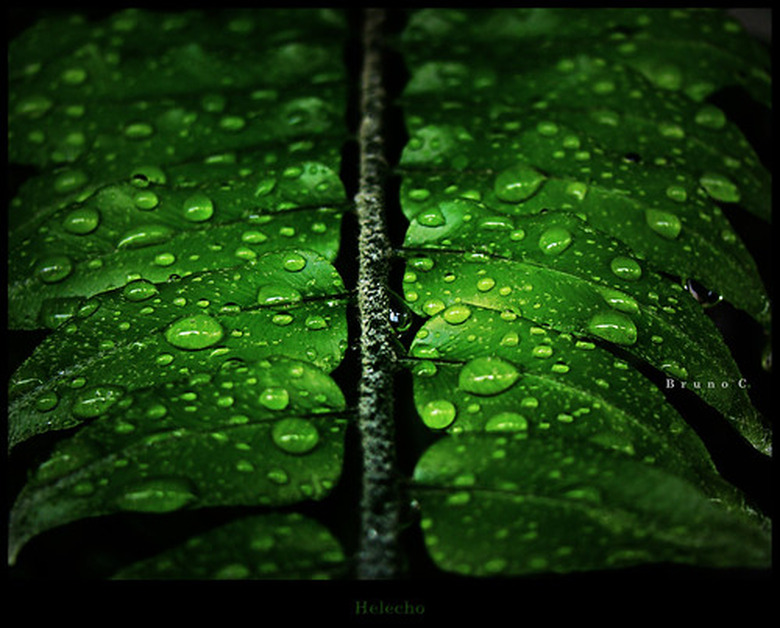Difference Between Water Plants And Land Plants
Aquatic and terrestrial plants share some common ground. They both use light to create food, they reproduce and are the food source of various herbivores. These herbivores in turn feed carnivores. Even with these same virtues, they both have their own differences. These special adaptations allow plant species to encroach to nearly every corner of the Earth.
Terrestrial Plant Cells, Roots and Nutrients
Land plants have rigid cells that enable them to stand upright. Their roots are more extensive than aquatic plants giving them a better footing; this allows them to grow tall aiding them in finding light. The extensive nature of their root systems helps them find the water and nutrients they need to survive. Land plants are specially adapted to retain and store water for later use. Prime examples of this are cacti and sedum plants. The plants' nutrients can be stored in not only their fruits but their roots as well.
- Aquatic and terrestrial plants share some common ground.
- The plants' nutrients can be stored in not only their fruits but their roots as well.
Terrestrial Plants and Reproduction
Many terrestrial plants reproduce by producing blossoms in hopes that they will be pollinated. After pollination, the blossoms produce seeds that various animals scatter and plant. Some land plant seeds are spread by the wind and even in the gut of birds and mammals.
Aquatic Plant Cells, Roots and Nutrients
Aquatic plants are less rigid as they rely on the water column to keep them upright. Many do not have roots and they instead absorb nutrients through their foliage. This free-floating nature enables them to move and populate different areas of the globe. Water plants such as bladderwort have visible air sacs that help them stay afloat and capture food. Tiny aquatic life trapped and digested in each bladder provides the plant with nourishment.
- Many terrestrial plants reproduce by producing blossoms in hopes that they will be pollinated.
- After pollination, the blossoms produce seeds that various animals scatter and plant.
Aquatic Plants and Reproduction
Some aquatic plants such as water hyacinth produce showy blossoms that attract pollinators, making them a plant that reproduces by division and seed. Seaweeds lack the ability to produce seeds; they instead reproduce by fragmentation and spores.
Additional Challenges and Adaptations
Water loss is not usually an issue with aquatic plants, so naturally they can spend their time producing food and reproducing. If stranded on dry land however, water plants usually dry up and die rather quickly. Many terrestrial plants cannot tolerate being wet for extended periods. Those that enjoy waterlogged soils are often called bog plants and have adapted to life partially in and out of water.
